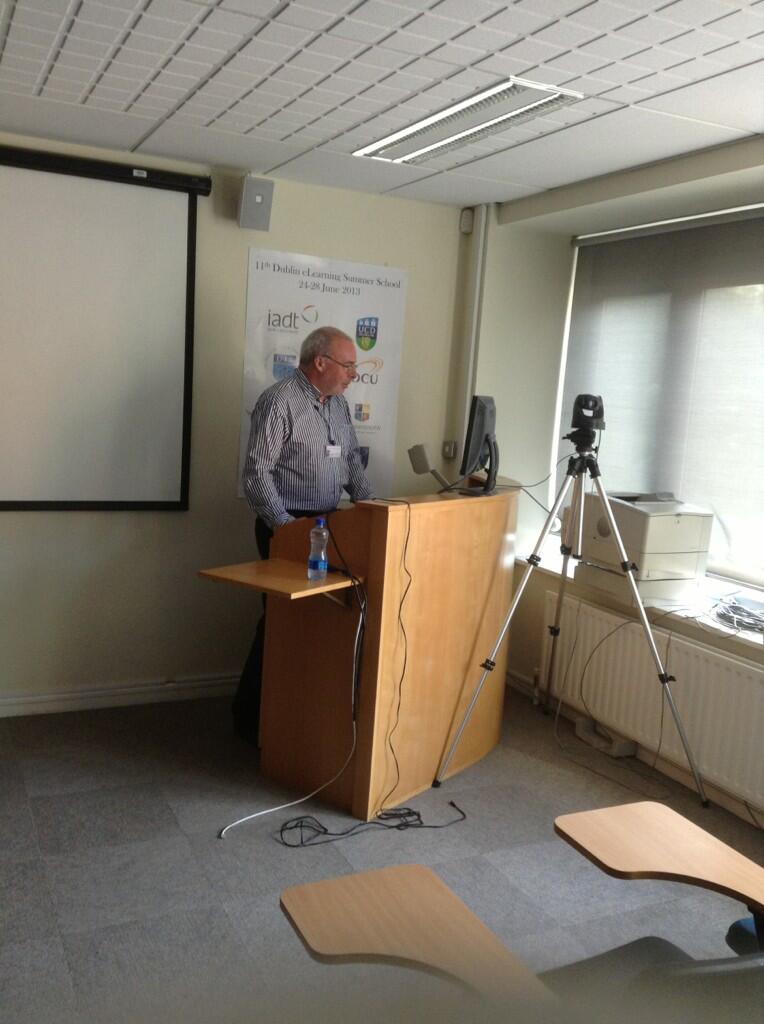On my first day of summer holidays I revisited North Kerry a year after riding through that part of the Kingdom in very heavy rain. I was touring Kerry as part of my 100 Corners of Ireland trip and had completed some fantastic tours around the Dingle Peninsula, the Ring of Kerry, and the Sheep's Head Peninsula - all in good weather. But when I reached Fenit near Tralee, the heavens opened and I got soaked. In particular I remember looking up at the statue of St Brendan at the end of Fenit Harbour pier, and feeling pretty miserable with myself. The following is a description of this experience from my first draft of my book about my trip, which I have since deleted:
It's interesting how the anatomy of getting wet on a motorcycle works. It starts at the neck, where the water runs down from my helmet. I wear an open face helmet, but despite having a pull-down visor I was still getting a lot of rain being splashed on my face, and my visor was fogging up on the inside all the time. I constantly have to wipe both the inside and outside of the visor to see the road ahead. Inside my over-suit my shirt absorbs the water running down my face and neck, and makes my shoulders and upper body very wet. My leather gloves slowly absorb water and when they are saturated the water starts to flow inside my sleeves and up my arms despite the elastic grips at my wrists. Water slowly moves up my sleeves to meet the stream coming down from my shoulders. But the wettest part of my body was my middle and I did not understand how this could happen in a neck to ankle one piece suit. Later I was to discover that there were two small holes in the crotch of my suit, which despite their small size, seemed to be big enough to admit the Lakes of Killarney into a most uncomfortable area. This wetness spread upwards to meet the water moving down from my neck and shoulders, and downwards towards my knees. Water slowly moved down my legs to my knees, but at least my feet were still dry. I was like a sponge riding through North Kerry soaking up all the water from the road. This sucked, and I reached a low for the first time on this trip. Since I could not get any wetter, I rather foolishly and stubbornly decided to keep going. I slowed my speed down to 40 kph and even slower in places. I would pass many wonderful locations and interesting sites without stopping. I even skipped lunch. This wasn’t touring, instead I was saying to myself “I’m a motorcyclist, get me out of here!”
Below are some photos from a better day this year:
 |
| At Fenit with St Brendan, no rain today! |
 |
| The view from Fenit Pier towards Mt Brandon on the Dingle Peninsula. |
 |
| Inside the ruins of Ardfert Cathedral. |
 |
| Tea, pie, and a history lesson from Ron Elston at the Glandore Gate bookshop and tea room in Ardfert. |
 |
| At the Roger Casement memorial near Banna Beach. |
 |
| I always took the coast road! |
 |
| I bet Bill Clinton would rather be driving a Harley! (in Ballybunion). |
 |
| At the wonderful Carrigafoyle Castle near Tarbert. |
 |
| At the Tarbert-Killimer ferry. |























